Gym Design Guide (Pictures, Ideas, and Tips)
Read this ultimate gym design guide to learn how to design a commercial gym, decide the ideal gym layout design, and understand gym design standards. Of course, reading this article won’t make you a professional gym designer, so we share some of the best gym designers, gym design apps, and gym layout planners to give you the tools you need to make your gym a success.
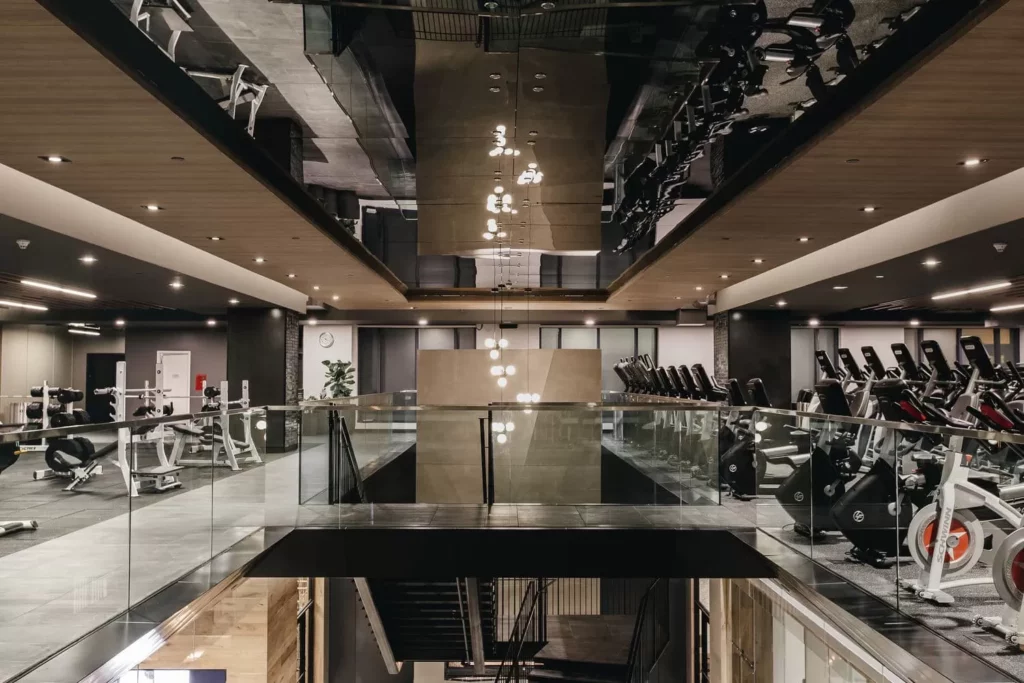
Of course, as our reviews from gym owners attest, we love gym owners and they love us. Read our gym owner guide and then see why our gym software has gym owners raving (get a free demo here). Whether you want to design a CrossFit box, or design a yoga studio, or design a commercial gym, read this fitness center design guide. Let’s get started. Then be sure to check out the best gym management software system to run your gym business.

Top 25 Most Important Fitness Center Design Guidelines
Designing a fitness center requires a combination of functional planning, aesthetics, and attention to the unique requirements of a fitness-focused space. Here are some of the most crucial health club design guidelines to consider when creating or renovating a fitness center:
- Space Allocation: Ensure there’s ample space for both equipment and movement. Overcrowding can deter clients and be a safety hazard.
- Flooring: Use high-quality, durable flooring suitable for fitness activities. Consider different flooring for areas like weightlifting zones, cardio sections, and stretching areas.
- Lighting: Ensure the facility is well-lit. Natural lighting is ideal, but if not possible, use bright and energy-efficient artificial lighting.
- Ventilation: Adequate air circulation is vital. Consider installing a robust HVAC system and, if possible, windows that can be opened.
- Equipment Layout: Organize equipment in a way that creates logical flow and minimizes congestion. Group similar equipment together.
- Safety Protocols: Make sure emergency exits are clear, and equipment is spaced out to prevent accidents. Install fire alarms and first aid kits in accessible locations.
- Soundproofing: Especially important if the fitness center is in a shared building. Consider soundproofing materials and techniques to minimize noise disturbance.
- Storage: Provide ample storage solutions, including lockers for clients and storage for equipment like yoga mats, dumbbells, and resistance bands.
- Accessibility: Ensure the facility is ADA compliant, with ramps, wider doorways, and accessible restrooms and showers.
- Zoning: Dedicate specific zones for different activities, like cardio, weights, group classes, and relaxation or stretching.
- Décor and Aesthetics: Create an inviting environment using brand colors, motivational graphics, and sleek design elements.
- Reception Area: Design a welcoming reception space with seating, a check-in desk, and space for retail or merchandise displays.
- Hygiene Facilities: Provide clean restrooms, showers, and changing rooms, equipped with essential amenities.
- Water Stations: Place hydration stations throughout the facility, ensuring clients have easy access to water.
- Signage: Use clear and consistent signage to direct clients to different areas, highlight emergency exits, and communicate gym rules.
- Acoustics: Consider the acoustics, especially in group class rooms, to ensure sound quality during sessions.
- Technology Integration: Create spaces for virtual classes and consider built-in charging stations for electronic devices.
- Security: Install security cameras and consider access control systems like key cards or fingerprint scanners for entry.
- Environmentally Friendly Design: Opt for sustainable materials, energy-efficient appliances, and water-saving fixtures.
- Social Spaces: Design areas where clients can relax, socialize, or grab a post-workout snack.
- Versatility: Design spaces, especially group class rooms, to be versatile and adaptable for various activities.
- Consult Professionals: Engage a fitness center design specialist or architect familiar with gym design to ensure every detail is considered.
- Feedback Integration: Listen to client feedback about previous or existing spaces to make improvements in the new design.
- Branding: Ensure the design aligns with the gym’s branding, mission, and values.
- Future Expansion: Design with the future in mind, leaving room for potential expansion or the integration of new fitness trends.
Remember, the design of a fitness center significantly impacts the user experience. A well-designed space can differentiate a gym from its competitors, enhance client retention, and foster a community of dedicated members. Utilizing platforms like Exercise.com can further enhance the member experience by providing digital solutions that align with the physical design and branding of the fitness center.
Commercial Gym Design
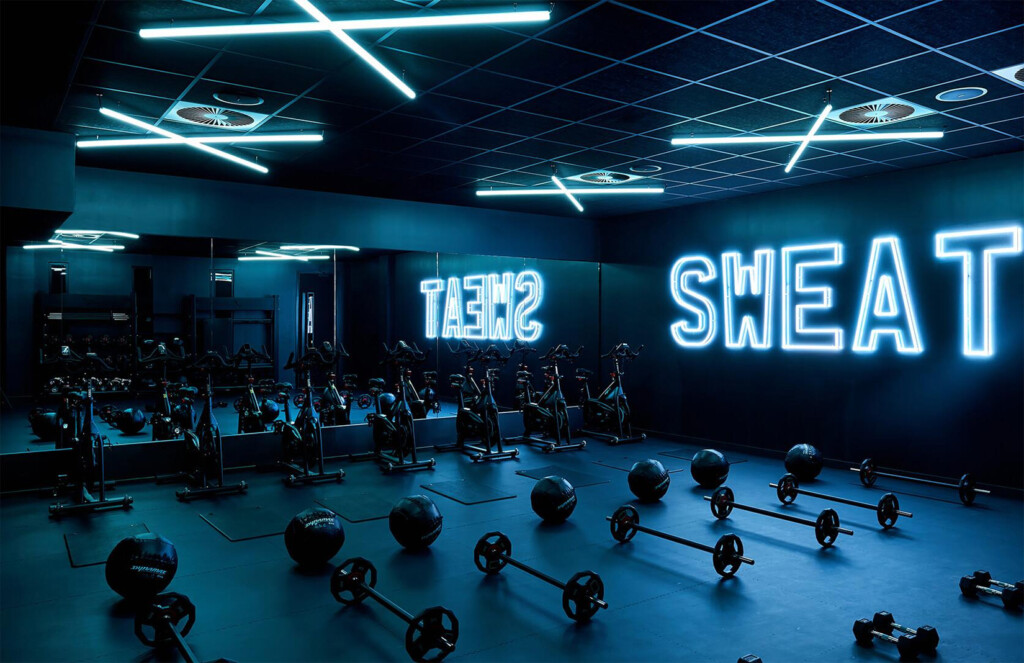
To be clear, this guide is all about commercial gym design (see our note about home gym design in the next section). At a high level, here are the most important factors you need to know about commercial gym design standards:
- Space Planning: Maximizing the use of space and ensuring that equipment is placed in a logical and accessible way for clients.
- Equipment Selection: Choosing the right type and number of equipment to meet the needs of your target market and to ensure the longevity of the gym.
- Lighting and Ventilation: Proper lighting and ventilation are essential for creating a safe and comfortable environment for clients.
- Safety and Accessibility: Ensuring that the gym is safe for clients, with easy access to emergency exits, proper flooring, and equipment placement.
- Branding and Decor: Creating a consistent visual identity that reflects the gym’s brand and atmosphere.
- Technology Integration: Incorporating technology such as sound systems, digital displays, and fitness tracking software to enhance the client experience.
- Storage Solutions: Providing adequate storage solutions for equipment and personal belongings.
- Customer Experience: Focusing on the overall experience of the customer, including convenient check-in, clean facilities, and welcoming staff.
- Budget and Sustainability: Balancing costs with sustainability and ensuring that the gym is cost-effective to operate and maintain.
- Compliance with Regulations: Adhering to local, state, and federal regulations regarding building codes, health and safety standards, and accessibility requirements.
Read More:
Home Gym Design
This is not a guide to home gym design, but it’s worth mentioning that there is some overlap. Some of the best home gym design ideas involve repurposing used commercial gym equipment for sale online and then finding unique and space efficient ways to incorporate large, robust equipment into a garage gym design. If this is you, and you are not a gym owner or fitness business owner, but just looking to design the perfect home gym, be sure and check out the amazing folks over at Garage Gym Reviews.
Fitness Center Space Requirements
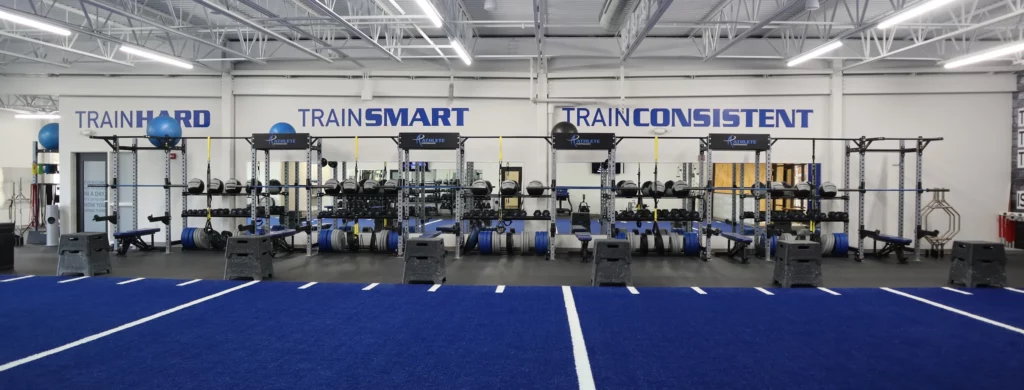
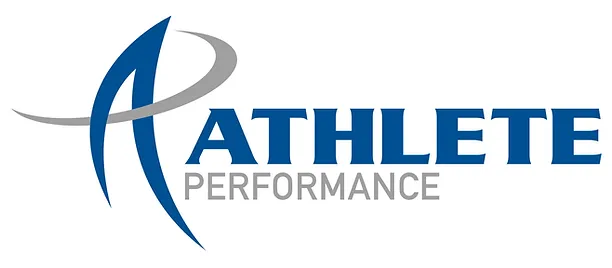
Obviously, the type of gym will heavily influence the exact gym design space requirements (more below), but here are some important general factors to consider in terms of fitness center space requirements:
- Square Footage: The amount of space needed will depend on the type of gym and the number of clients you expect to serve.
- Ceiling Height: Adequate ceiling height is necessary for installing certain types of equipment and for allowing enough room for safe movement.
- Flooring: Durable, slip-resistant flooring (gym mats: rubber, foam, etc.) is essential for reducing the risk of injury and for protecting equipment.
- Electrical and Plumbing: Adequate electrical and plumbing infrastructure is necessary for powering and maintaining equipment.
- Loading Docks and Delivery Areas: Accessible loading docks and delivery areas are important for receiving and storing equipment and supplies.
- Change Rooms and Showers: Providing clean, private change rooms and showers for clients is a must for many gyms.
- Reception Area: A well-designed reception area can improve the overall customer experience, and should include space for check-in and payment, as well as storage for personal belongings.
- Natural Light: Incorporating natural light can improve the overall ambiance of the gym and can help reduce energy costs.
- Outdoor Space: Outdoor space can be used for a variety of activities, including group fitness classes, personal training sessions, and recreation.
- Accessibility: Making the gym accessible to people with disabilities, including providing accessible parking, ramps, elevators, and restrooms, and ensuring that equipment is easy to use for all clients (Read More: ADA Requirements for Gyms and Fitness Facilities).
Types of Gyms and Their Relative Space Requirements
Here is a brief overview of the different types of gyms and their relative space requirements:
- CrossFit: CrossFit gyms (“boxes”) typically require a large amount of space for functional fitness equipment, such as barbells, kettlebells, and gymnastics equipment. A minimum of 3,000-5,000 square feet is recommended.
- Yoga: Yoga studios typically require a spacious, open area for mat space and room for clients to move freely. A minimum of 1,500-2,000 square feet is recommended.
- Sports Performance: Sports performance facilities typically require a combination of indoor and outdoor space for training, as well as specialized equipment, such as weightlifting equipment, plyometric boxes, and agility ladders. A minimum of 5,000-10,000 square feet is recommended.
- Big Box: Big box gyms typically offer a wide range of equipment and services, including cardio equipment, weightlifting equipment, group fitness classes, and personal training. They often require a large amount of space, with a minimum of 10,000-20,000 square feet or more.
- High-Intensity Interval Training (HIIT): HIIT gyms typically require a smaller amount of space, with a focus on functional fitness equipment and a minimalistic design. A minimum of 1,500-2,500 square feet is recommended.
- Pilates: Pilates studios typically require a spacious, open area for mat space and specialized equipment, such as reformers, towers, and chairs. A minimum of 1,500-2,000 square feet is recommended.
It is important to note that these are general gym space design guidelines, and the specific fitness studio space requirements for each type of gym will depend on the size of the equipment, the number of clients, and the services offered. Of course, you as the gym owner have the most say about this, because the gym business model you choose (private vs semi-private, group classes vs 1:1 training, in-person only vs hybrid/online, etc.) will have huge gym space implications.
Gym Design Architecture

Here are some key aspects of gym design architecture to consider:
- Functionality: The design of the gym should be functional, allowing for the efficient use of space and ease of movement for clients.
- Layout: The layout should be well-planned, with equipment placed in a logical and accessible way, and with enough space for clients to move freely and safely.
- Lighting: Adequate and appropriate lighting is important for creating a safe and inviting environment, as well as for highlighting key areas of the gym.
- Materials: Durable, low-maintenance materials should be used in the construction of the gym, to ensure that it can withstand heavy use and to reduce the need for ongoing repairs.
- Color Scheme: The color scheme should be consistent with the gym’s brand, creating a visually appealing and welcoming environment.
- Acoustics: The design should take into account the acoustics of the space, to ensure that sound levels are appropriate and to prevent echoing and other distractions.
- Technology: The gym should be equipped with appropriate technology, including sound systems, digital displays, and fitness tracking software, to enhance the client experience.
- Branding: The design should reflect the gym’s brand, including incorporating logos, signage, and other visual elements that are consistent with the gym’s visual identity.
- Sustainability: The design should incorporate sustainable features, such as energy-efficient lighting and heating/cooling systems, to reduce the gym’s carbon footprint and to promote sustainability.
- Accessibility: The design should ensure that the gym is accessible to all clients, including people with disabilities, with features such as ramps, elevators, and accessible restrooms.

Modern Gym Design
Here are some beautiful modern gym design examples you can use for inspiration (all photo credit to the respective gyms):

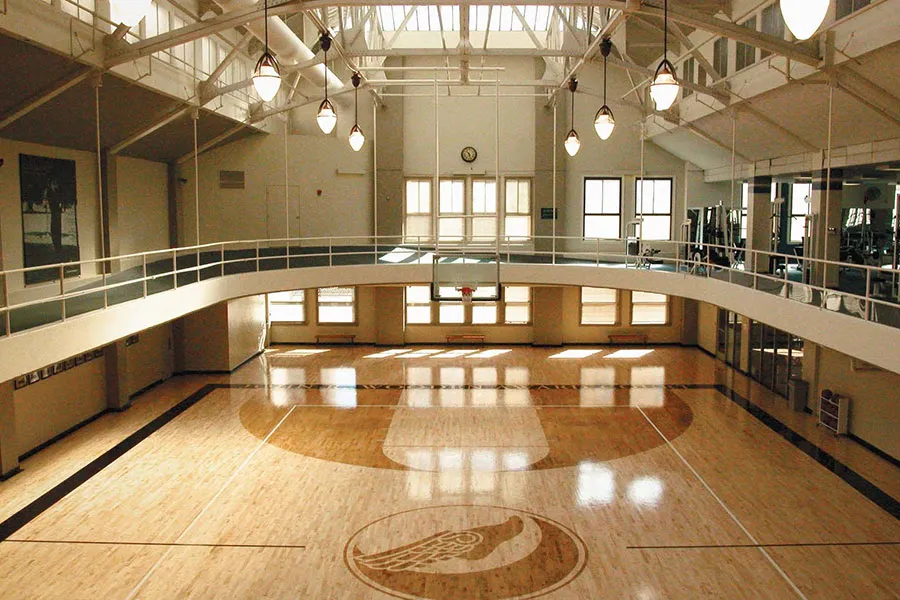

Gym Interior Design
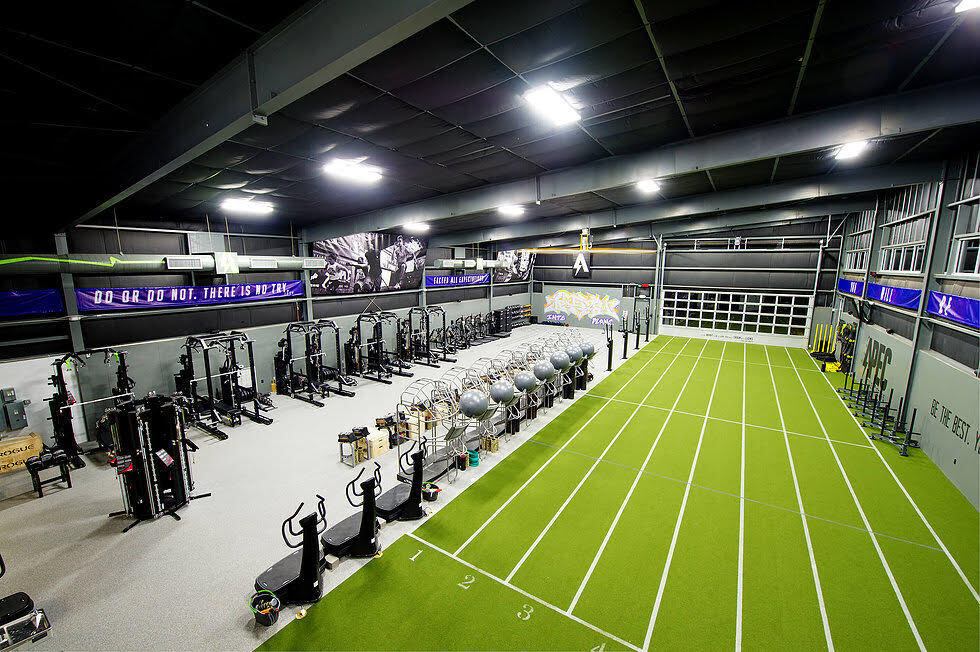
Gym interior design is an important aspect of creating an attractive and functional gym space. Key elements of gym interior design include functionality, layout, lighting, materials, color scheme, acoustics, technology, branding, sustainability, and accessibility. These elements should work together to create an environment that is safe, welcoming, and conducive to effective fitness and wellness activities. The design should reflect the gym’s brand and meet the specific needs of its clients, while also taking into account sustainability and accessibility considerations.
Gym Exterior Design
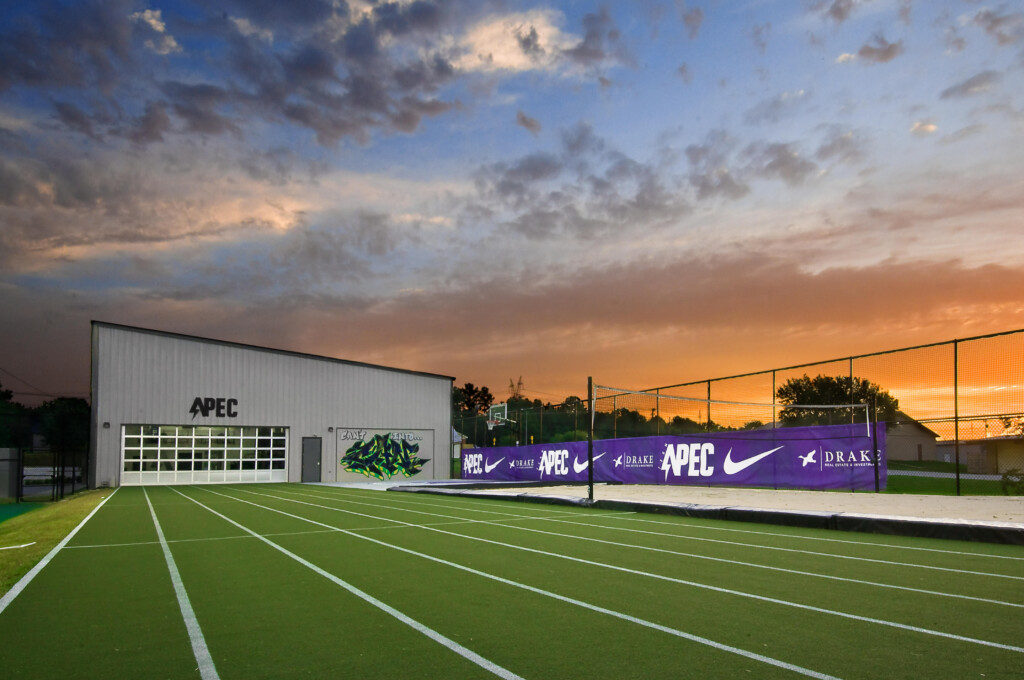
The exterior design of a gym sends a message to the entire community. If you have foot traffic and drive by traffic, don’t waste this opportunity to make a positive impression on those passing by your gym. Branding, color schemes, and good copywriting all play a part in maximizing your gym’s revenue and impact.
How to Design a Gym Interior

There is no one right way to design a gym interior, just as there is no one right gym for everyone. It’s important to work with a professional gym designer and/or architect to ensure that the design meets all necessary building codes and regulations, and to ensure that the final design is functional, attractive, and safe.
- Define the Gym’s Mission and Target Audience: This will inform the design and ensure that it meets the specific needs of the gym’s clients.
- Conduct a Space Analysis: Assess the size and layout of the gym space and determine the most efficient and effective way to use the space.
- Create a Layout: Based on the space analysis, create a layout that maximizes the use of space, provides ample room for movement, and allows for easy access to all areas of the gym.
Gym Floor Plan Design
Gym floor plans will help you turn your gym design vision into reality. Of course, you will need to work with a professional gym designer so don’t cheap out!
3D Gym Design
For 3D gym floor plans and gym floor plan design examples, check out this gym floor plan gallery at Room Sketcher.
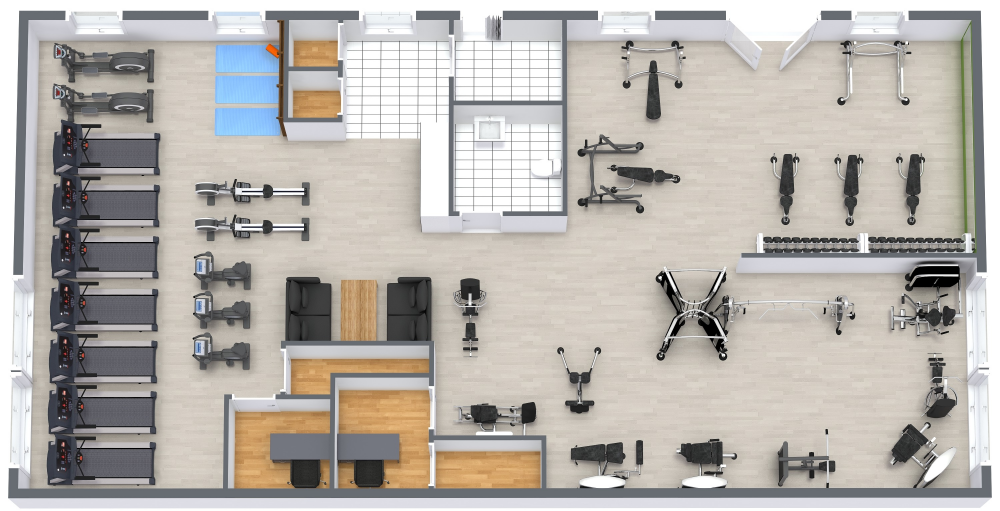
Gym Design Software & Gym Design Apps
Here is a list of gym design software and gym design apps that might be useful in your research phase:
Of course, if you want your own custom-branded gym apps to build your own gym brand check out the Exercise.com platform.
How to Plan a Gym Layout
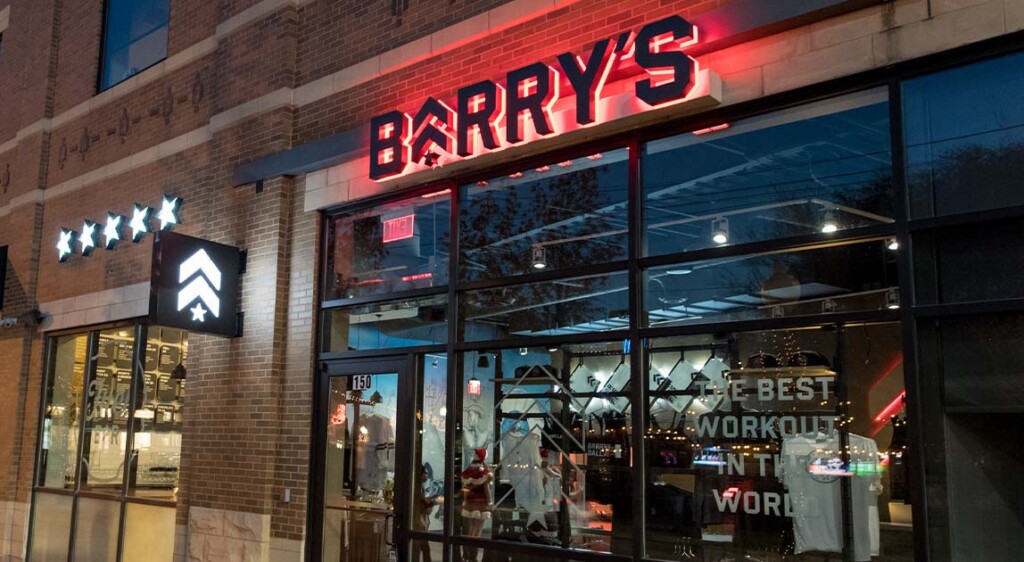
Use one of the gym layout planner tools above to get your creative juices flowing and design a gym layout, but just like you would not ask your architect friend to be your personal trainer at the gym, don’t fool yourself and think that you can become a professional gym architect or professional gym designer with just a few new gym design software tools.
Best Gym Designers
Here is a partial list of gym designers to evaluate:
But do your own research and get proposals from multiple professionals before making a decision.
What are the design criteria for a gym?
Designing a gym involves considering several key criteria:
- Functionality: Ensure equipment is well-spaced for safe workouts and traffic flow.
- Accessibility: Ensure all areas are ADA compliant and easily accessible.
- Lighting: Natural and artificial lighting should provide a conducive workout atmosphere.
- Ventilation: Adequate ventilation and air conditioning are essential.
- Safety: Non-slip flooring, fire exits, and emergency equipment should be in place.
- Flexibility: Design spaces that can serve multiple purposes, e.g., a class area that can also be used for personal training.
How do I design a fitness center professionally?
- Needs Analysis: Determine the objectives and target audience of the fitness center.
- Space Allocation: Designate areas for cardio, strength training, classes, amenities, etc.
- Equipment Selection: Choose equipment based on durability, versatility, and user demand.
- Aesthetics: Choose a color palette and design elements that resonate with the brand and clientele.
- Consult Professionals: Engage architects, interior designers, and fitness experts to refine the design.
What kind of layout is used in a physical fitness center?
Most fitness centers use a zone-based layout, segregating areas for cardio, free weights, resistance machines, functional training, group classes, and amenities. This layout promotes smooth traffic flow and efficient workouts.
Read More: Commercial Gym Layout Ideas
What makes a good fitness center?
A good fitness center offers a blend of:
- Variety: A wide range of equipment and classes.
- Safety: Emphasis on member safety and well-being.
- Cleanliness: Regular maintenance and cleaning.
- Community: Engaged trainers and staff fostering a welcoming environment.
What is the difference between a gym and a fitness center?
While often used interchangeably, a gym typically emphasizes weightlifting and basic cardio, whereas a fitness center is more comprehensive, offering a broader range of services like group classes, personal training, spa amenities, and more.
What are the most types of health clubs and how does their design differ?
- Traditional Gyms: Focused on weights and cardio. Design is equipment-centric.
- Boutique Fitness Studios: Specialize in specific workouts, like spin or yoga. Design is often minimalist and focused on the specific activity.
- Wellness Centers: Incorporate holistic health services. Design can include relaxation areas, therapy rooms, and more.
- Sports Clubs: Designed around specific sports, e.g., racquetball or swimming. Design includes relevant courts or pools.
Read More:
- What equipment is needed to start a gym?
- What equipment is needed to start a sports performance gym?
- What equipment is needed to start a boxing gym?
- What equipment is needed to start a martial arts gym?
- What equipment is needed to start a CrossFit gym?
- What equipment is needed to start a boutique gym?
What is the size of a fitness center?
Sizes vary widely. Small boutique studios might be under 3,000 sq. ft., while large multipurpose health clubs can exceed 100,000 sq. ft.
Read More: How much space is required for a commercial gym?
What is the area standard for a gym?
While there’s no strict standard, for comfort and safety, allocate at least 40-50 square feet per piece of cardio or large equipment and 20-30 square feet for smaller resistance training apparatus.
What are some different fitness facilities examples and their different design needs?
- Yoga Studios: Need open spaces with calming aesthetics.
- CrossFit Gyms: Prioritize functional training areas and rugged designs.
- Pilates Studios: Require specialized equipment and ample floor space.
- MMA and Boxing Gyms: Need ring/cage space, punching bags, and matted areas.
How can I get a good fitness center floor plan design?
Consider engaging a professional gym design consultant or architect familiar with fitness spaces. They can offer insights into optimizing space and layout for your target market.
What are the essential factors to consider when designing a gym?
When designing a gym, essential factors include space allocation, equipment selection, layout, ventilation and lighting, flooring, accessibility, and safety. Consider the gym’s target clientele, the intended training programs, and the available budget to optimize the gym design.
How can I optimize the layout of the gym?
Optimizing the layout of a gym involves creating clear pathways, separating different workout zones, and allowing for sufficient space between equipment. Additionally, it’s crucial to consider the flow of traffic, create social spaces for interaction, and ensure easy access to emergency exits and restrooms.
How do I select the appropriate equipment for my gym?
When selecting gym equipment, consider the needs and preferences of your target clientele. A diverse range of cardio machines, strength training equipment, and functional training tools is essential. Take into account equipment durability, ease of maintenance, and warranties from the manufacturers.
What are the best flooring options for a gym?
Gym flooring should be durable, slip-resistant, and shock-absorbent to protect both equipment and gym-goers. Rubber flooring is a popular choice due to its durability and noise-reduction properties. Other options include foam tiles, interlocking tiles, and specialized sports flooring for specific activities.
How important is ventilation and lighting in a gym design?
Proper ventilation and lighting are crucial for creating a comfortable and healthy workout environment. Ensure that your gym design incorporates an efficient HVAC system to maintain optimal air quality and temperature. Additionally, use a combination of natural and artificial lighting to provide a well-lit, welcoming space.
How can I make my gym accessible to people with disabilities?
To make your gym accessible to people with disabilities, ensure that entrances and exits are wide enough for wheelchairs, provide ramps and elevators where necessary, and install grab bars in restrooms. Additionally, consider placing equipment in accessible locations and offering adaptive fitness equipment.
How can I ensure safety in my gym design?
Safety in gym design involves selecting reliable and well-maintained equipment, providing sufficient space between machines, ensuring clear pathways, and installing adequate lighting. Additionally, make sure that the gym layout allows for easy access to emergency exits and fire extinguishers, and have staff trained in first aid and emergency procedures.
What role does interior design play in gym design?
Interior design plays a significant role in creating a welcoming and motivating atmosphere in a gym. Use colors and branding to create a cohesive look, incorporate mirrors to enhance the sense of space, and provide comfortable seating areas for relaxation and social interaction. Additionally, consider using motivational artwork or graphics to inspire gym-goers.
How can I plan for future expansion when designing a gym?
When designing a gym, plan for future expansion by choosing a location with room for growth or opting for a modular design that allows for reconfiguration. Additionally, invest in versatile, multi-functional equipment that can cater to various workout styles and consider offering flexible membership options to accommodate a growing clientele.
Read More:
How can Exercise.com help me run my gym?
Exercise.com provides an all-in-one software solution tailored for gym owners. From member management and billing to scheduling classes and personal training sessions, it streamlines operations. Additionally, with its custom branded fitness app, you can engage members, offer virtual workouts, and monitor progress. The platform’s reporting features give insights into business metrics to drive growth. To fully understand the platform’s capabilities, consider booking a demo with Exercise.com.
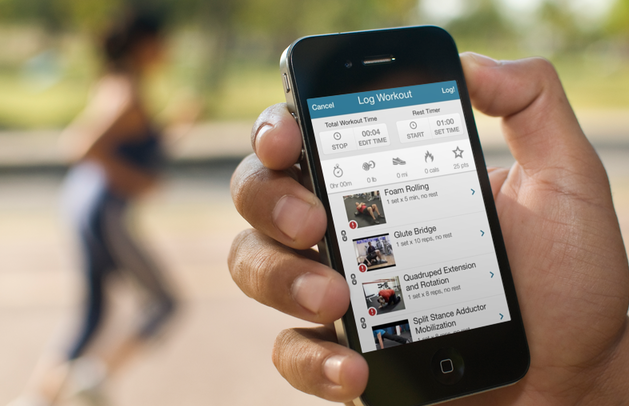
Managing Your Gym
To help you grow and manage your gym better, see why gym owners consistently switch to the best gym software around. Get a demo today and see why.









